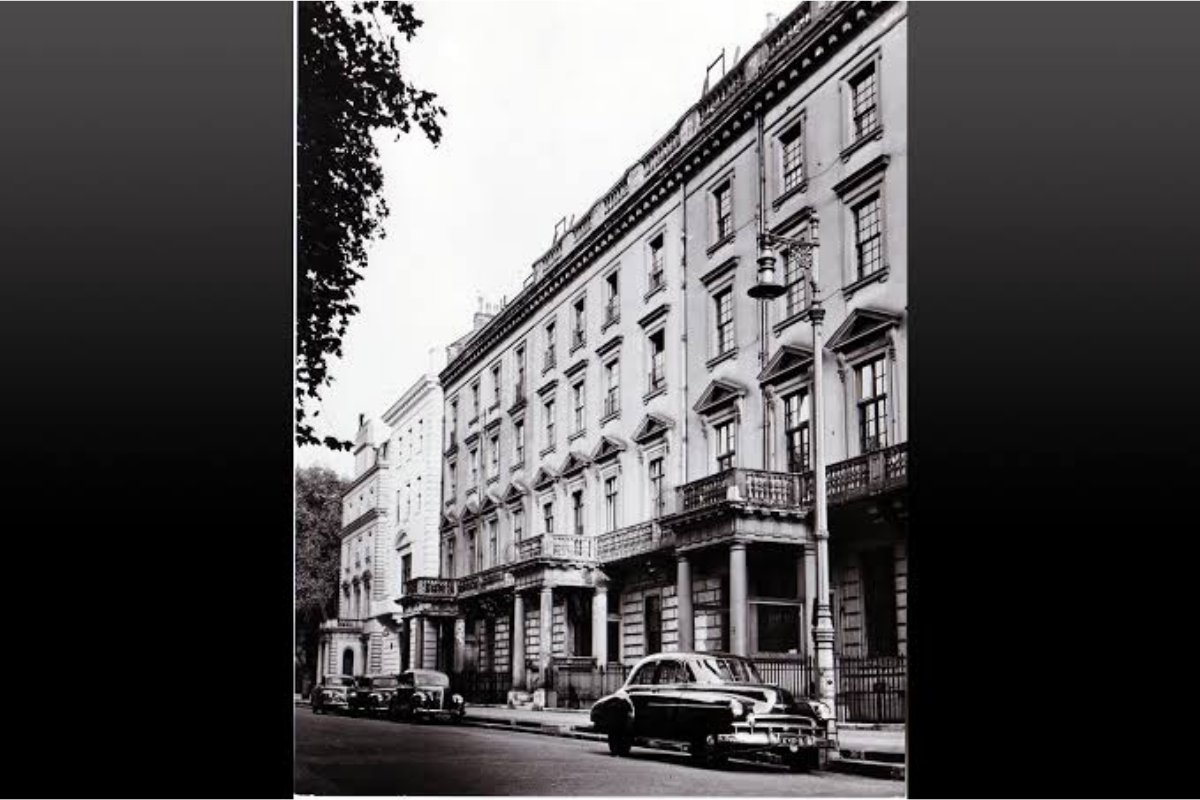In an important intervention in the debate over what the West’s response to the Russian invasion of Ukraine ought to be, a recent report published by serving US military officers Colonel John B. Gilliam and Major Ryan C. Van Wie makes the point rather emphatically that the ongoing Russian military struggles should not be misconstrued to mean Moscow’s military machine does not have the wherewithal to credibly threaten member-states of the North Atlantic Treaty Organisation (Nato).
The argument of these US military insiders, which it is fair to assume is an accurate reflection of Washington’s position on the issue, is that a narrow focus on Russia’s tactical and operational struggles while omitting to factor in flawed Russian strategic decision-making which underpinned the invasion is a “dangerous approach”. The thinking is that it is correct to expect Russia’s significant losses in the Ukraine will degrade its ability to conduct large-scale offensive operations against Nato in the short term, but it is too soon to write off the medium to long- term threat posed by Russia to Western Europe. The authors of the report assert that Nato leaders would be unwise to think that just because an immediate Russian military threat has receded, further investment in Nato military forces and its expansion is not needed.
Advertisement
It has been secretive Russian political decision-making and faulty strategic assumptions which hindered effective operational planning and force employment in the Ukraine, according to them, rather than the fighting ability of Russian soldiers or the technology of its weapons systems. The fact that this argument has found resonance in Washington is evident from the encouragement being given to Sweden and Finland to join Nato; the budget for the trans-Atlantic military alliance too has reportedly been enhanced. Experts also warn against assuming the “enabling strategy” employed by Nato in Ukraine would work elsewhere and resting its future plans on the belief that the solidarity among its member-states would continue indefinitely. The hawks in the US military establishment recommend that Nato doubles down on the alliance’s conventional deterrence posture to keep Moscow in check. But, as critics point out, it is precisely this sort of approach which has contributed to the current face-off between the West and Russia as it disregarded the Kremlin’s genuine security concerns and provided President Vladimir Putin a justification for the launch of his so-called “special military operation” against Ukraine. As the Russian military reviews its performance on the battlefield, it is expected to make changes to address its failings.
If Nato continues in its expansionist mode; makes the war in Ukraine a rallying point for the West to band together more firmly under the aegis of Nato, and enhances the alliance’s military capabilities rapidly, there is no saying how President Putin may react. It’s a dangerous game and focusing on brokering a peace and/or ceasefire in Ukraine may be the best option for America and its European allies rather than pushing Moscow into taking ever more maximalist positions.











